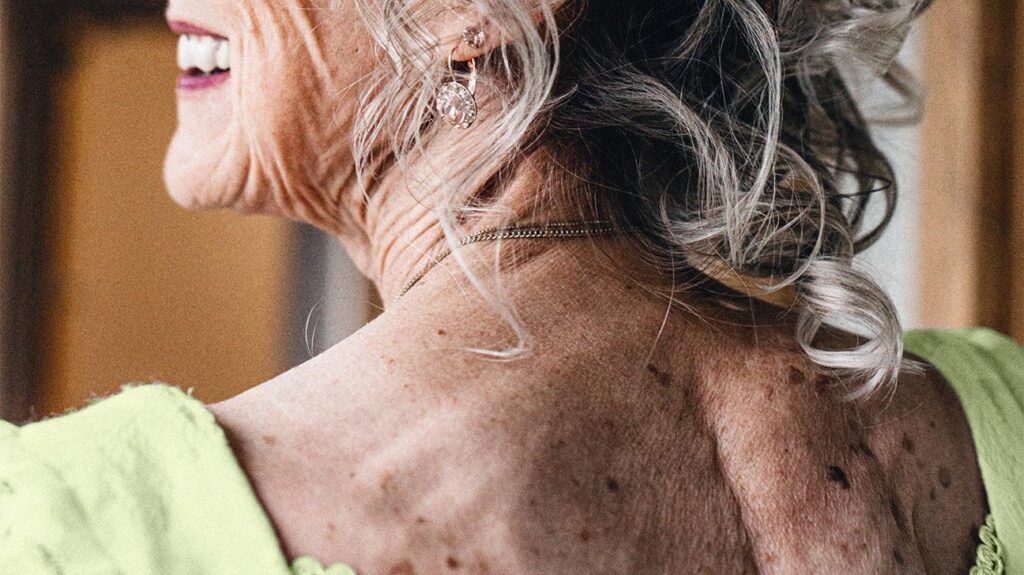Hormone replacement therapy (HRT) creams are a form of hormone therapy that aims to supplement or replace hormones for various reasons, such as aging.
HRT is a medical treatment that supplements or replaces hormones, easing symptoms relating to hormonal imbalances or deficiencies.
Doctors may prescribe HRT to address different health conditions and needs. However, the overall aim is to provide hormones that a person’s body may not be producing in sufficient quantities.
This article looks at what to know about HRT in cream form.

Doctors may prescribe a number of different hormones for HRT, including:
HRT creams can treat many different health issues, including:
- Relief from menopausal symptoms: For people experiencing menopause, HRT creams can help alleviate symptoms such as hot flashes, night sweats, vaginal dryness, and mood swings. Doctors often prescribe estrogen creams for this purpose.
- Bone health: HRT, especially estrogen replacement,
can help improve bone density and reduce the risk of osteoporosis. This is a condition where a person may develop weakened bones. - Heart health: Some studies suggest that estrogen replacement therapy may have cardiovascular benefits, such as reducing the risk of heart disease.
- Vaginal health: Estrogen creams
can improve vaginal health by relieving dryness, discomfort, and urinary symptoms. - Transgender hormone therapy: For transgender people, HRT creams can help align secondary sexual characteristics with their gender identity. Secondary sexual characteristics include breast development, growing facial hair, and changes to a person’s voice. This
may include estrogen creams for transgender women or testosterone creams for transgender men.
As with any medical intervention, there are side effects and risks of using HRT creams.
Side effects
Some of the side effects associated with HRT creams include:
- bloating
- breast tenderness
- fluid retention
- gastrointestinal issues
- headaches
- mood swings
- nausea
- skin changes
- vaginal bleeding
- weight changes
Not everyone will experience these side effects, and the severity and likelihood of side effects can vary from person to person.
Risks
The risks relating to using HRT are not limited to creams. Using any HRT can pose the following risks:
- Increased risk of blood clots: HRT, particularly those containing estrogen,
may increase the risk of blood clots, leading to serious conditions such as deep vein thrombosis or pulmonary embolism. - Breast cancer risk: Long-term use of combined estrogen and progestin HRT may slightly
increase the risk of breast cancer. The risk varies depending on factors such as duration of use and individual characteristics. - Endometrial cancer risk: People with a uterus who use estrogen-only HRT may have a
higher risk of endometrial cancer. Someone can reduce this risk by adding a synthetic form of progesteronecalled progestin to the treatment. - Cardiovascular risks: The relationship between HRT and cardiovascular health is complex. While some studies suggest benefits, others have raised concerns about
higher risks , especially in older people and those with certain risk factors.
HRT creams are not suitable for everyone, and a person should carefully consider this on an individual basis. They can decide whether to use HRT after talking with a qualified healthcare professional and discussing their medical history and health goals. Regular check-ups and ongoing communication with a doctor ensure safe and effective HRT use.
The specific instructions for using HRT creams may vary depending on the
People should carefully read the prescription label and the patient information the pharmacy provides them. This will include important details about the cream, dosage, and instructions for use.
A person’s doctor usually advises where to apply the cream to the body. Common application sites include the inner thighs, lower abdomen, and inner arms. People need to make sure that the skin in the area they select is clean, dry, and free from cuts, rashes, or irritations. They should also wash their hands thoroughly before applying the cream.
It is important to allow time for absorption into the skin before putting on clothes to ensure that the cream does not rub off onto clothing. Additionally, people should be careful when coming into contact with others, as the cream could potentially
Instead of HRT creams, people may choose to
- gels
- patches
- sprays
The choice between creams, gels, patches, and sprays often depends on factors such as a person’s individual preference, convenience, and specific hormone therapy requirements. For example, gels may dry more quickly than creams and may be
A person’s doctor can provide personalized guidance on what form of HRT is appropriate for their situation.
HRT creams are typically available by prescription only, as they involve hormones that can significantly affect the body. When a doctor has prescribed HRT creams, people can go to their local pharmacy to collect them.
Individuals can check with their health insurance provider to see if their plan covers HRT cream. Some insurance plans may partially or fully cover the cost of hormone therapy, while others may require people to pay out-of-pocket costs.
HRT creams are one delivery method of hormone replacement therapy. However, they are not suitable for everyone, so people should discuss with their doctor about whether a cream is the right medication.
People should always use HRT creams as their healthcare professional recommends and be aware of the potential risks and side effects so they can let their doctor know if there is any effect on them.
